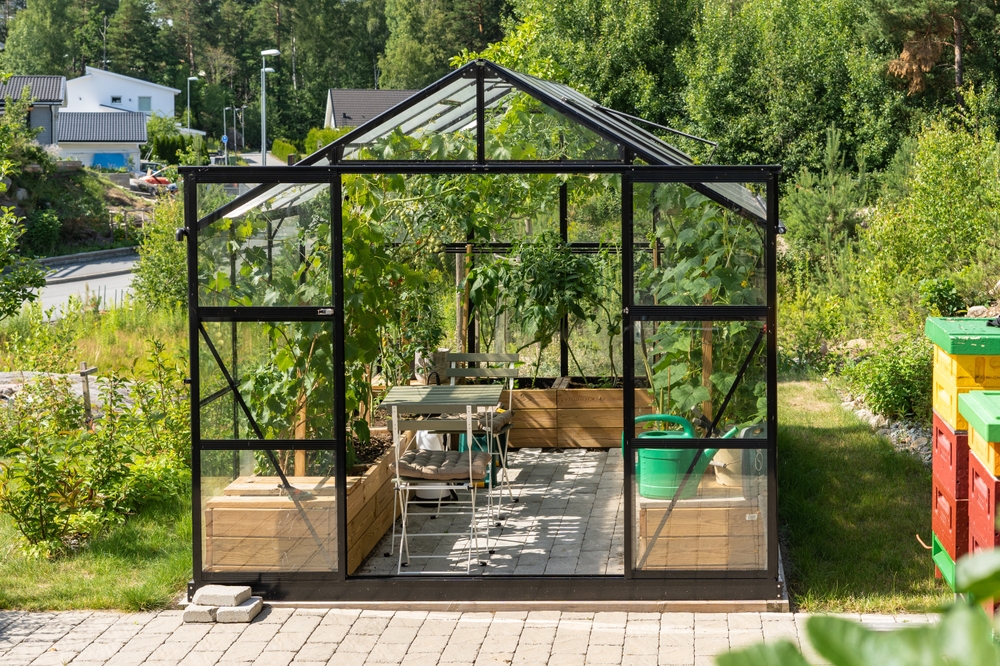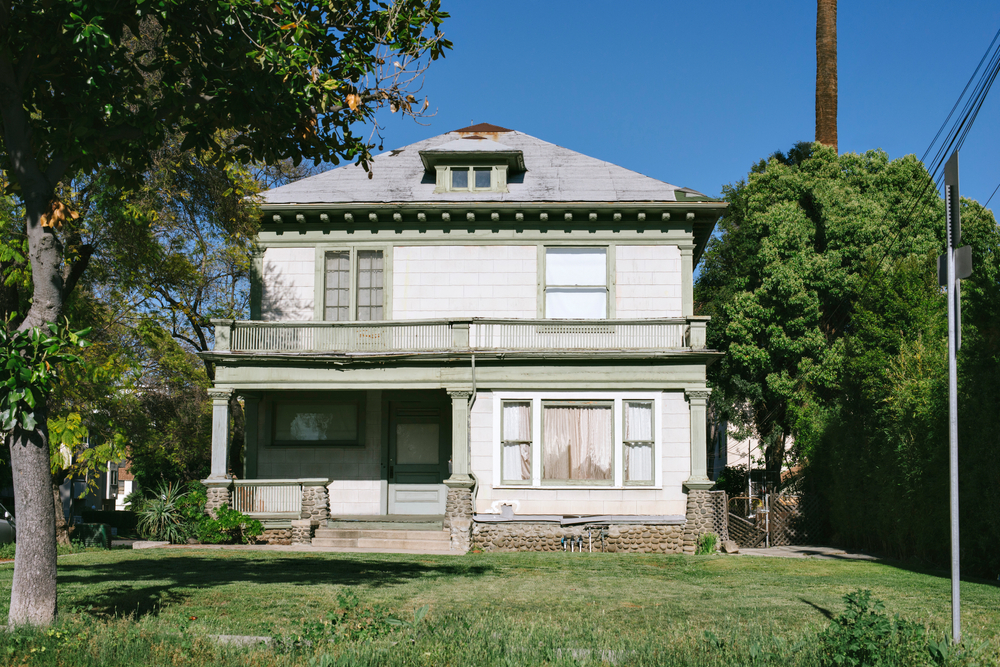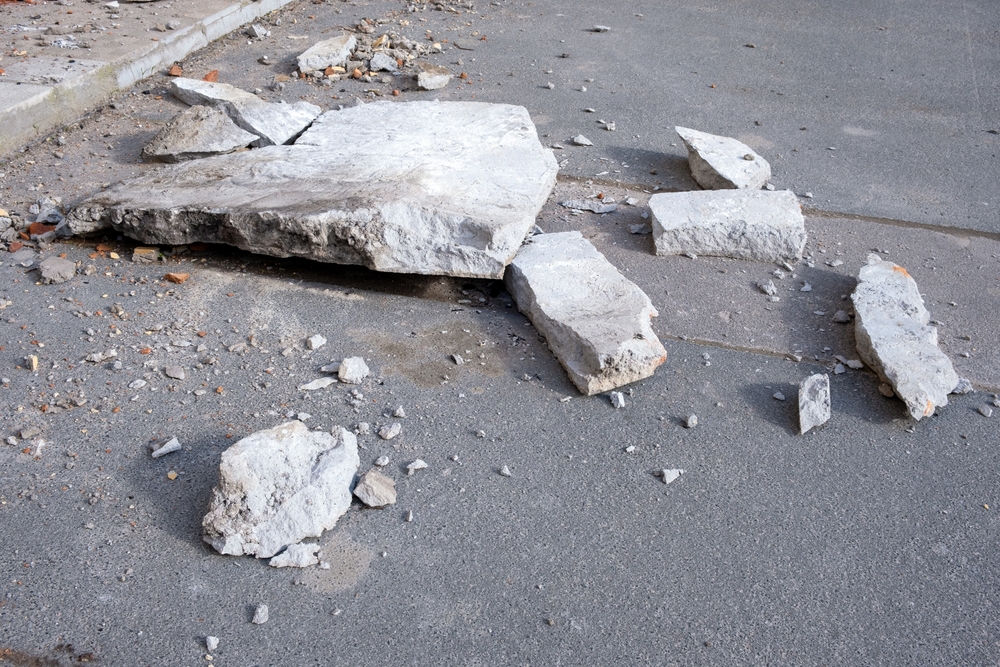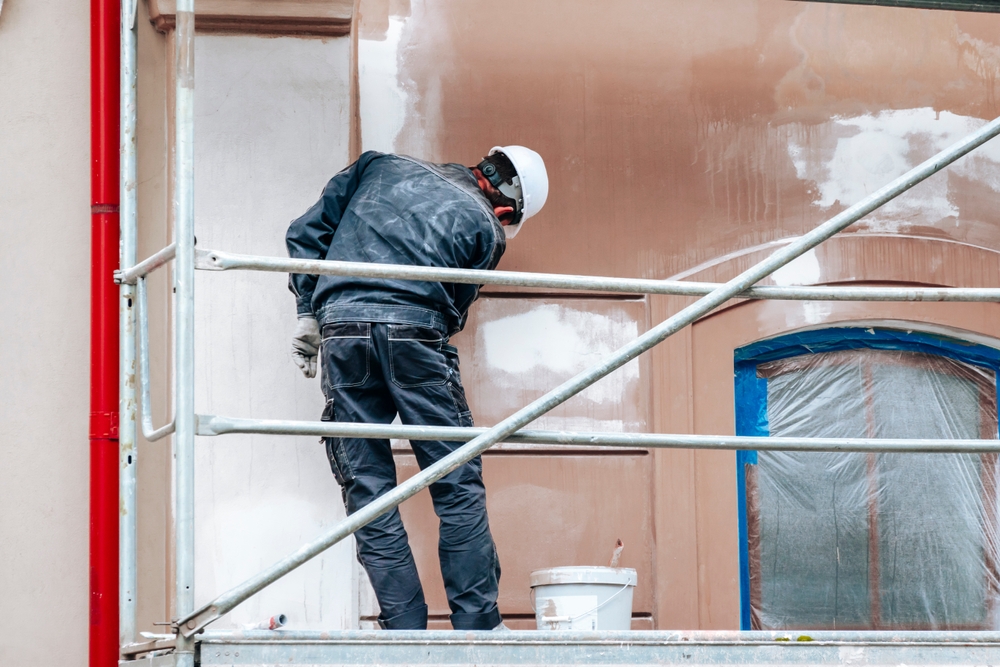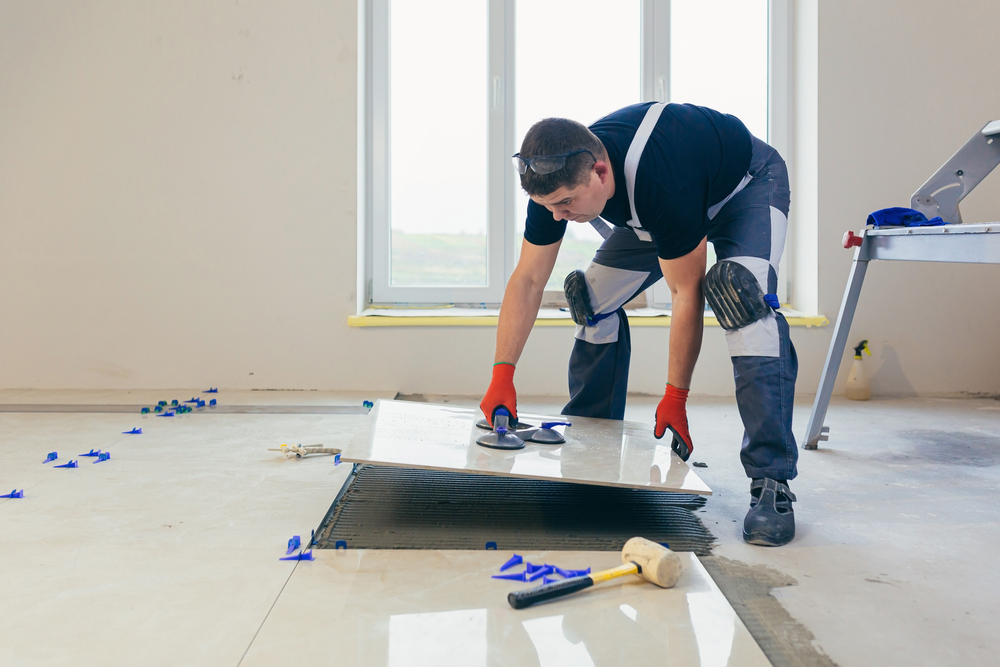April 15, 2024 - Benjamin Ehinger
Roof Maintenance Essentials: Keeping Your Home Safe and Dry
CALL NOW 844-762-8449
Maintaining the roof of your home is an essential practice to ensure longevity and performance, acting as the first line of defense against the elements. Regular roof maintenance involves routine inspections and prompt repairs which can prevent minor issues from escalating into costly damage. Whether you’re clearing debris after a storm or replacing worn shingles, roof maintenance is critical for preserving the condition of your home.
Roof maintenance can seem daunting, but understanding the basics can make the process more manageable. It includes routine inspections to identify potential issues, regular cleaning to prevent the buildup of harmful elements like moss or algae, and undertaking repairs for any damage spotted during the inspection. When taking on larger roofing projects, consider using a roofing dumpster rental from Waste Removal USA to manage waste efficiently, ensuring a clean and safe working environment.
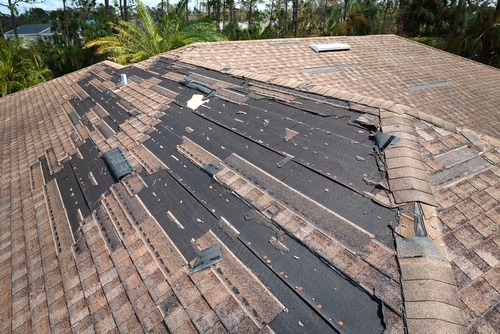 In managing your roof’s longevity, addressing repairs promptly and deploying preventative measures are crucial. These strategies not only extend the lifespan of your roof but also safeguard your property against potential damage.
In managing your roof’s longevity, addressing repairs promptly and deploying preventative measures are crucial. These strategies not only extend the lifespan of your roof but also safeguard your property against potential damage.
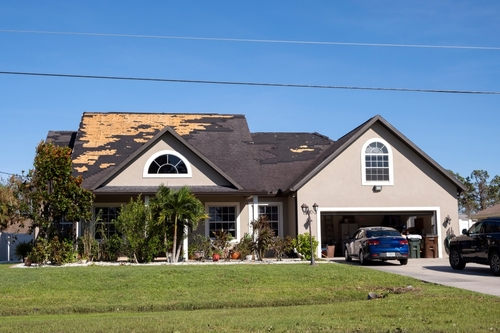 Maintaining the longevity and performance of your roof involves a multi-faceted approach. Careful attention to ventilation, material quality, and protection against environmental factors play a pivotal role in ensuring your roof’s endurance.
Maintaining the longevity and performance of your roof involves a multi-faceted approach. Careful attention to ventilation, material quality, and protection against environmental factors play a pivotal role in ensuring your roof’s endurance.
Key Takeaways
- Routine maintenance is crucial for roof longevity.
- Regular inspections and cleaning prevent major damage.
- Timely repairs protect the home from the elements.
Understanding Roof Maintenance
Proper roof maintenance is crucial for preserving your home’s value, longevity, and safety. By staying informed, you can ensure a durable and well-functioning roof.Importance of Regular Maintenance
Regular maintenance is the backbone of a long-lasting roof. It’s not just about aesthetic appeal; it’s about protecting your investment. A few key practices, such as inspecting your roof bi-annually and after extreme weather events, can save you from expensive repairs. Ensuring that your gutters are clean and debris-free prevents water buildup which can lead to rot and structural damage.Identifying Common Roof Problems
According to San Antonio roofing specialists, Presidio, as a homeowner, you should be vigilant in spotting common issues like cracked, loose, or missing shingles. Other signs, such as discolored walls or ceilings and peeling paint, may indicate a leaky roof. Routine checks will allow you to catch these problems early on, often detailed in guides like Roof Maintenance: The Ultimate Guide.Benefits of Well-Maintained Roofs
Well-maintained roofs contribute not just to your safety but also to the overall value of your property. A solid, intact roof can improve energy efficiency, keeping your heating and cooling costs down. Moreover, staying on top of maintenance tasks helps in preserving the structural integrity of your home, which is vital for long-term peace of mind. For in-depth tips on maintaining different types of roofs, including tile, visit Roof Maintenance 101: What Homeowners Need to Know.Routine Inspection and Cleaning
Regular maintenance of your roof is essential to prolong its lifespan and prevent expensive repairs. This involves periodic inspections, cleaning of debris, and the prevention of moss and algae buildup.Conducting a Roof Inspection
You should inspect your roof at least twice a year. Check for missing, loose, or damaged shingles and assess the state of the flashing around chimneys and vents. Pay attention to any signs of water damage or mold growth, which could indicate a leak.Cleaning Debris and Gutters
Debris on your roof can cause water to pool and degrade your shingles. Use a leaf blower or a soft broom to remove leaves and branches. Your gutters play a critical role in channeling water away from your home, so it’s important to clean gutters regularly to prevent blockages. A stable ladder, gloves, and a garden hose are your allies here.Preventing Moss and Algae Growth
Moss and algae not only compromise your roof’s appearance, but they can also cause significant damage. To prevent their growth, keep your roof free of debris and consider installing zinc or copper strips at the peak, as they release metal ions that inhibit moss and algae. Should you already have growth, use a commercial cleaner or a 50/50 mix of water and chlorine bleach to treat the affected areas. Remember, always rinse thoroughly with clean water after applying any cleaning solution.Repair and Prevention Strategies
 In managing your roof’s longevity, addressing repairs promptly and deploying preventative measures are crucial. These strategies not only extend the lifespan of your roof but also safeguard your property against potential damage.
In managing your roof’s longevity, addressing repairs promptly and deploying preventative measures are crucial. These strategies not only extend the lifespan of your roof but also safeguard your property against potential damage.
Addressing Leaks and Water Damage
When you spot a leak, immediate action is required to prevent water damage. Begin by identifying the source of the leak, which is often due to compromised sealants or flashing. Once located, contain the moisture to prevent further damage to the interior and proceed with a thorough roof leak repair, which includes resealing and replacing damaged materials.Replacing Damaged Shingles
Shingles protect your roof from the elements, but they can become damaged or go missing. If you notice missing shingles, replace them immediately to prevent water from seeping through and causing further damage. Look for signs of cracks or curling, as these indicate that shingles might be nearing the end of their effectiveness.Maintaining Flashing and Sealants
The longevity of your roof is heavily dependent on the condition of flashing and sealants. These components are critical for waterproofing and should be checked regularly for signs of wear or damage. Any gaps or cracks should be addressed by resealing, which serves as a preventive measure to guard against future leaks. Regular maintenance and prompt repairs not only prolong the life of your roof, but also maintain its structural integrity.Professional Roofing Services
Professional roofing services encompass a range of offerings tailored to ensure the upkeep and longevity of your roof. These services are essential for maintaining the structural integrity and performance of your roofing system, especially when delivered by certified professionals.When to Hire a Professional
You should consider hiring a professional roofer when you encounter issues that go beyond basic maintenance. This includes noticeable damage such as missing shingles, leaks, or the need for a comprehensive roof inspection. It’s also wise to engage professional services before and after severe weather events or when your roof nears the end of its expected lifespan to ensure any potential issues are addressed promptly.- Visible Damage: Hire a professional when damage is apparent.
- Regular Maintenance: At least once a year to catch early signs of wear.
- Weather Incidents: After extreme weather conditions for thorough evaluation.
Choosing the Right Contractor
To choose the right roofing contractor, it’s crucial to verify their qualifications, experience, and reputation. Ensure that they are licensed and insured, and ask for references to assess the quality of their past work. Evaluate their expertise by discussing your specific roofing needs and ask for a detailed quotation. Transparency regarding costs and timelines is a sign of a reliable contractor.- Verify Credentials: License, insurance, and references.
- Experience and Reputation: Years in business and customer reviews.
- Detailed Quotation: Clear explanation of services and costs.
Understanding Roofing Warranties
A roofing warranty is your safeguard against defective materials or workmanship. When contracting professional services, inquire about the types of warranties offered. There are generally two kinds — the manufacturer’s warranty, which covers roofing materials, and the workmanship warranty provided by the contractor for installation. Each warranty will have its specific terms, and it’s vital to understand the extent of coverage and duration to know what is protected under your agreement.- Manufacturer’s Warranty: Covers roofing materials.
- Workmanship Warranty: Applies to the installation by the contractor.
- Terms and Conditions: Read carefully to understand coverage specifics.
Enhancing Roof Longevity and Performance
 Maintaining the longevity and performance of your roof involves a multi-faceted approach. Careful attention to ventilation, material quality, and protection against environmental factors play a pivotal role in ensuring your roof’s endurance.
Maintaining the longevity and performance of your roof involves a multi-faceted approach. Careful attention to ventilation, material quality, and protection against environmental factors play a pivotal role in ensuring your roof’s endurance.
Ventilation and Insulation Measures
Ventilation is indispensable for roof health. Optimizing attic ventilation prevents heat and moisture buildup that can lead to rot, mold, and the formation of ice dams. You should ensure that your roof has an adequate intake and exhaust system. For flat roofs, which may not have a traditional attic space, consider specialized ventilation options to prevent moisture-related issues. Insulation goes hand-in-hand with ventilation in preserving roofing materials. It’s important to have the correct amount of insulation in your attic to maintain a steady temperature. This safeguards against temperature fluctuations that can cause asphalt shingles to expand and contract, weakening their structural integrity over time.Protecting Against Environmental Factors
Your roof is constantly exposed to the elements. Preparing for storm and wind damage involves regularly checking and securing any loose shingles or tiles. In regions prone to severe rain or hail, the use of impact-resistant materials can prevent costly damage. Ice dams can be particularly destructive. Proper insulation and ventilation, as previously mentioned, reduce the chances of their formation. Additionally, installing a waterproof underlayment beneath shingle roofs can provide added protection against water penetration.Upgrading Roofing Materials
When it’s time for a roof replacement, it’s essential to consider upgrading roofing materials for enhanced longevity. While asphalt shingles are a popular choice due to their cost-effectiveness, you might want to explore longer-lasting options like metal roofs, tile roofs, or high-quality architectural shingles. Each material has its own benefits; metal roofs are durable and resistant to extreme weather, while tile roofs offer a longer lifespan with proper maintenance. Even if you choose to stick with shingles, selecting a high-quality option can make a significant difference in your roof’s performance.Frequently Asked Questions
In this section, you’ll find concise answers to common questions regarding the upkeep of your roof, ensuring longevity and optimal performance throughout the seasons.What are the essential steps for performing residential roof maintenance?
Performing residential roof maintenance involves inspecting for damage, such as cracked shingles or leaks, cleaning gutters, removing debris from the roof surface, and checking for moss or algae growth. It’s vital to address minor issues promptly to avoid more significant problems.How often should routine roof check-ups be scheduled?
Routine roof check-ups should be scheduled twice a year, usually in the spring and fall, to catch potential problems after winter storms and before inclement weather returns. Additionally, inspections should follow major weather events.Which dumpster sizes are best for roofing projects?
For roofing projects, dumpster sizes range from 10 to 40 cubic yards. A 10-yard dumpster is suitable for small repair jobs, whereas larger replacements may require 20-yard dumpsters or 30-yard dumpsters. Your choice should be guided by the scale of the project.What is the average cost of maintaining a roof?
The average cost of maintaining a roof can vary widely depending on the roof’s size, material, and the type of maintenance required. Routine maintenance is typically less expensive than emergency repairs due to neglect.Can you list important items to include in a roof maintenance checklist?
A roof maintenance checklist should include inspecting for missing or damaged shingles, cleaning gutters and downspouts, checking for proper attic ventilation, inspecting seals around vents and chimneys, and ensuring the roof is free of algae, moss, and debris.What professional services are recommended for thorough roof maintenance?
Professional services recommended for thorough roof maintenance include a complete roof inspection, specialized cleaning to remove moss or algae, gutter cleaning, and services that address any necessary repairs or preventative measures such as sealing and waterproofing.How can homeowners safely perform roof maintenance tasks?
Homeowners can safely perform roof maintenance tasks by using a sturdy ladder for access, wearing non-slip shoes, using a safety harness when required, and avoiding working in inclement weather. It’s safest to handle simple tasks like gutter cleaning and to leave more complex repairs to professionals.RECENT BLOGS
Our Reviews
Glenda Lanier Prowell
1721758635
I have ordered an 11 yard dumpster to be delivered to my house.Lonier was extremely helpful and answered all my questions. The rate was very reasonable.
Cedric Smikle
1721660395
Amber was extremely professional and courteous. She answered all of my questions and even some that I didn’t know I needed to ask.
Cait Kaider
1721243051
I highly recommend Waste Removal USA for their responsiveness and how the staff work hard to provide exceptional customer service. They have done well by us and our clients. Thank you!
Easom Family
1721223306
Louiner Pierre-Louis Is awesome! Did a great job. Will definitely be using this same company for all my dumpster needs because of his awesome customer service! Thank you!!!
tabitha Vazquez
1720539988
Wonderful and fast customer service!
LATEST BLOGS
